Development of Adverse Outcome Pathway for PPARγ Antagonism Leading to Pulmonary Fibrosis and Chemical Selection for Its Validation: ToxCast Database and a Deep Learning Artificial Neural Network Model-Based Approach
Por um escritor misterioso
Last updated 14 abril 2025


Sprague Dawley rats were injected with lentiviral particles carrying

Adverse outcome pathways as a tool for the design of testing strategies to support the safety assessment of emerging advanced materials at the nanoscale, Particle and Fibre Toxicology

Identification of toxicity pathway of diesel particulate matter using AOP of PPARγ inactivation leading to pulmonary fibrosis - ScienceDirect

PPARγ agonists inhibit TGF-β induced pulmonary myofibroblast differentiation and collagen production: implications for therapy of lung fibrosis

Artificial Intelligence-Based Toxicity Prediction of Environmental Chemicals: Future Directions for Chemical Management Applications

PDF) Development of AOP relevant to microplastics based on toxicity mechanisms of chemical additives using ToxCast™ and deep learning models combined approach

Machine Learning-Based Hazard-Driven Prioritization of Features in Nontarget Screening of Environmental High-Resolution Mass Spectrometry Data

Adverse outcome pathway networks I: Development and applications - Knapen - 2018 - Environmental Toxicology and Chemistry - Wiley Online Library
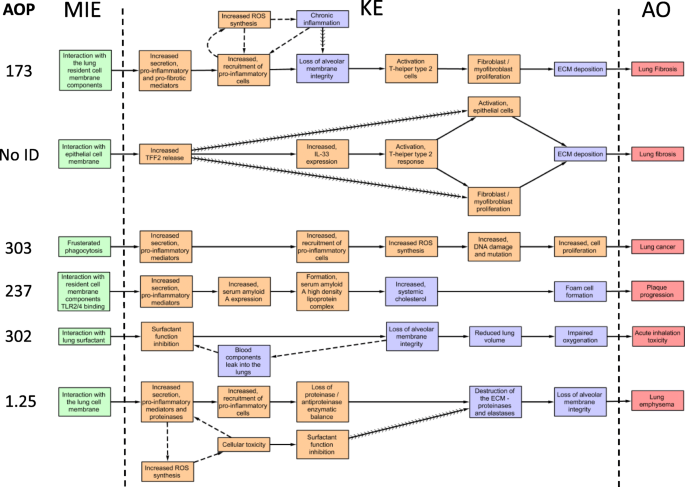
Adverse outcome pathways as a tool for the design of testing strategies to support the safety assessment of emerging advanced materials at the nanoscale, Particle and Fibre Toxicology

Frontiers From Causal Networks to Adverse Outcome Pathways: A Developmental Neurotoxicity Case Study

Development of Adverse Outcome Pathway for PPARγ Antagonism Leading to Pulmonary Fibrosis and Chemical Selection for Its Validation: ToxCast Database and a Deep Learning Artificial Neural Network Model-Based Approach

Development of AOP relevant to microplastics based on toxicity mechanisms of chemical additives using ToxCast™ and deep learning models combined approach - ScienceDirect
Recomendado para você
-
 Kelly Godoy (@Kellygodoyjor) / X14 abril 2025
Kelly Godoy (@Kellygodoyjor) / X14 abril 2025 -
Kelly Godoy14 abril 2025
-
 Kelly Godoy - 03.04.201514 abril 2025
Kelly Godoy - 03.04.201514 abril 2025 -
 Quem é a esposa de Regis Danese? Cantora gospel já apareceu na Globo14 abril 2025
Quem é a esposa de Regis Danese? Cantora gospel já apareceu na Globo14 abril 2025 -
 Whose Knowledge? People - Whose Knowledge?14 abril 2025
Whose Knowledge? People - Whose Knowledge?14 abril 2025 -
 TV Guide and GameSpot Acquired by Fandom in Deal With Red Ventures – The Hollywood Reporter14 abril 2025
TV Guide and GameSpot Acquired by Fandom in Deal With Red Ventures – The Hollywood Reporter14 abril 2025 -
 New approach methodologies in human regulatory toxicology – Not if, but how and when! - ScienceDirect14 abril 2025
New approach methodologies in human regulatory toxicology – Not if, but how and when! - ScienceDirect14 abril 2025 -
 Nigerian Friends' Fortunes Take a Wrong turn in Olóládé – Uncut Media Kenya14 abril 2025
Nigerian Friends' Fortunes Take a Wrong turn in Olóládé – Uncut Media Kenya14 abril 2025 -
 Augite: Mineral information, data and localities.14 abril 2025
Augite: Mineral information, data and localities.14 abril 2025 -
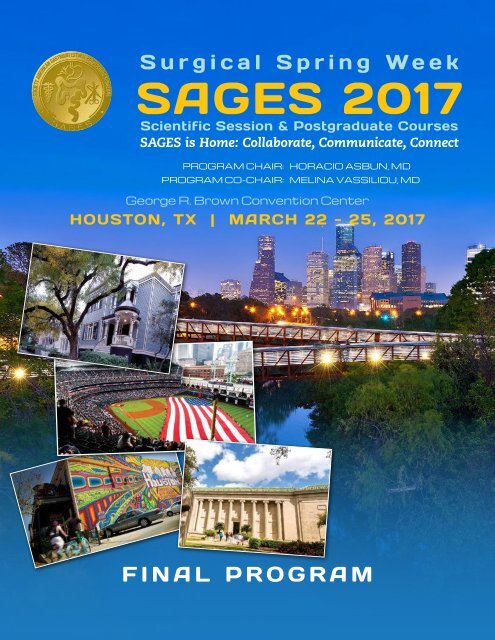 SAGES 201714 abril 2025
SAGES 201714 abril 2025
você pode gostar
-
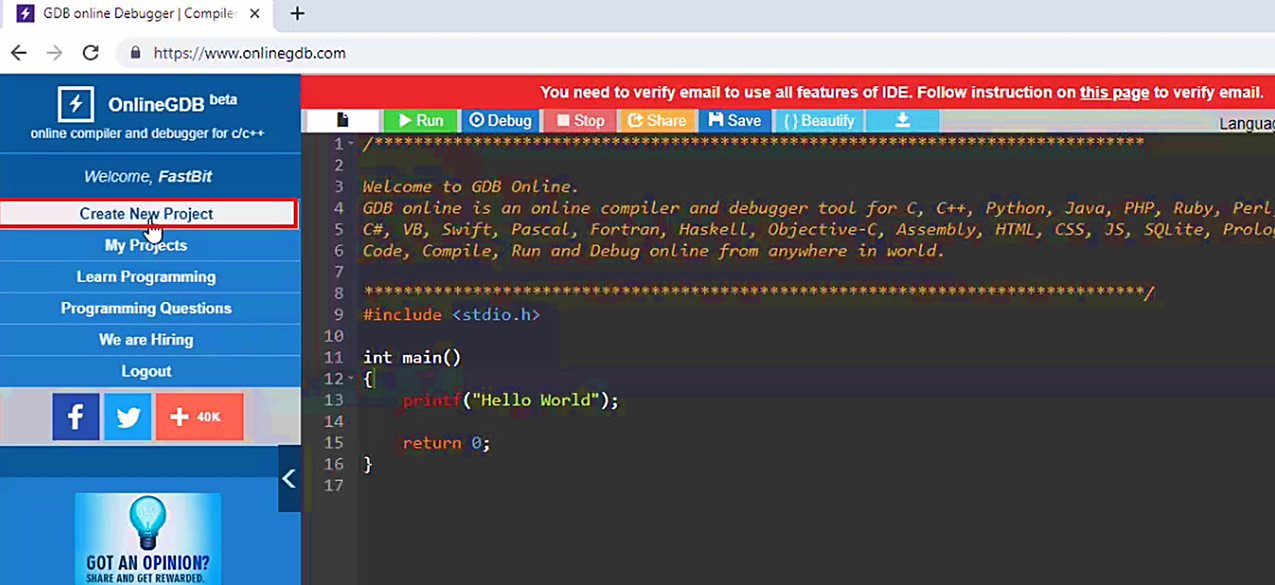 Printing 'Hello World' Using Printf in Embedded C Programming14 abril 2025
Printing 'Hello World' Using Printf in Embedded C Programming14 abril 2025 -
dfgdfgdf Nova Skin14 abril 2025
-
 Roblox Player Fakes Their Way Into White House Press Briefings14 abril 2025
Roblox Player Fakes Their Way Into White House Press Briefings14 abril 2025 -
 Meet Steve - The Jumping Dinosaur Widget Game14 abril 2025
Meet Steve - The Jumping Dinosaur Widget Game14 abril 2025 -
 PES 2018 PRO EVOLUTION SOCCER + ATUALIZAÇÃO 2023 PS3 - LS Games14 abril 2025
PES 2018 PRO EVOLUTION SOCCER + ATUALIZAÇÃO 2023 PS3 - LS Games14 abril 2025 -
 IHOP, Las Vegas - 7490 Las Vegas Blvd S, Enterprise - Menu & Prices - Tripadvisor14 abril 2025
IHOP, Las Vegas - 7490 Las Vegas Blvd S, Enterprise - Menu & Prices - Tripadvisor14 abril 2025 -
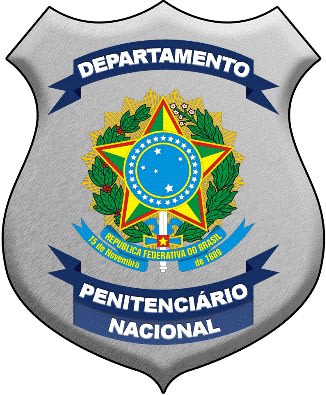 Curso DEPEN - Agente Penitenciario - Policia Penal Federal (Monster Concursos)14 abril 2025
Curso DEPEN - Agente Penitenciario - Policia Penal Federal (Monster Concursos)14 abril 2025 -
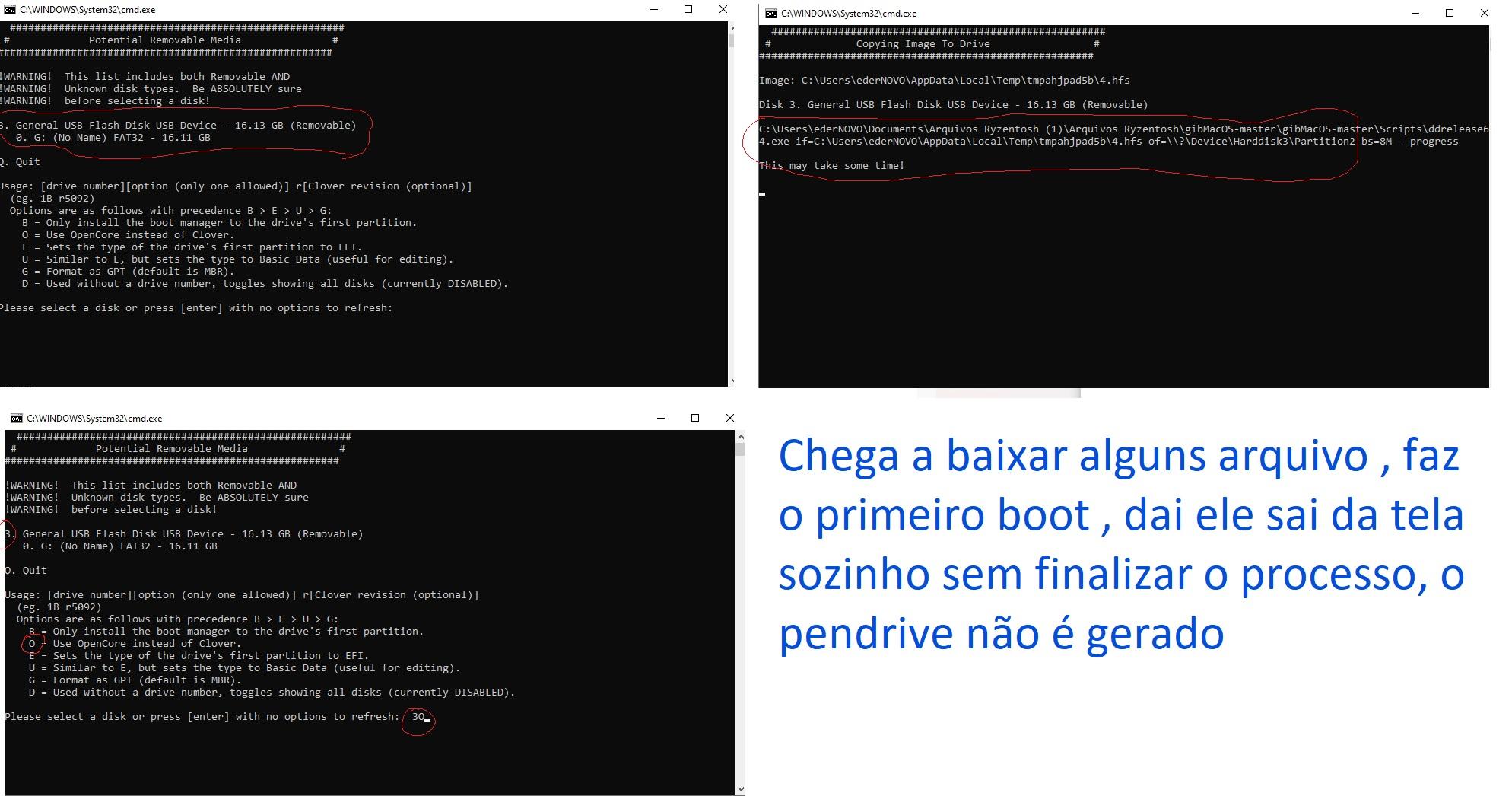 Ryzentosh - não consigo fazer o pen drive de instalação - Hackintosh - MM Fórum14 abril 2025
Ryzentosh - não consigo fazer o pen drive de instalação - Hackintosh - MM Fórum14 abril 2025 -
 From 2ª temporada: Onde assistir à série Origem online14 abril 2025
From 2ª temporada: Onde assistir à série Origem online14 abril 2025 -
 Download Tobey Maguire In Spider Man Jacket Wallpaper14 abril 2025
Download Tobey Maguire In Spider Man Jacket Wallpaper14 abril 2025
